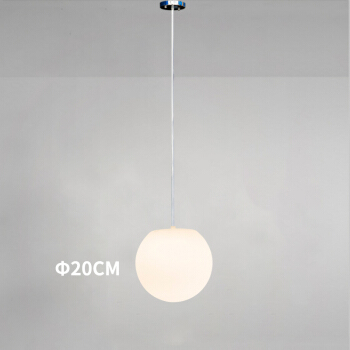

time:2021-10-20 Views:23
There are two main reasons for this:
The price is cheap. From the price point of view of these different launch tubes, 850nm is more expensive, followed by 880nm, and 940nm is cheaper.
In terms of transmit power, 850 is the same, followed by 880, and 940 is weak. From the perspective of the transmitting tube, 850nm is better, and the transmitting distance is proportional to the power; in other words, the receiving end is a transparent receiving tube. This design is also correct, but you can take a look at the receiving heads we use. Its colloids are all black. This black colloid has only one function, which is to filter light interference. Generally, better receiving heads filter wavelengths. Light interference below 850nm (but some manufacturers use poor pigments to filter only light interference below 750nm, of course, the latter’s light interference ability will be poor and the price will be cheaper), while the 850nm receiver head will transmit power Larger, but at the edge of the filter band of the receiving head, so 80% of the receiving head is filtered out, making its receiving performance poor (the wave band of the light received by the normal receiving head is between 850~1100nm, while the 940nm receiving head receives The wavelength is in its peak receiving band, so the receiving wavelength of 850nm is in its peak receiving band.

1. The receiving distance of the receiving head is not only related to the receiving performance of the receiving head itself, but also related to the transmitting tube. For example, when the transmitter tube is sold in the market, how many meters is my transmission distance; or when the receiver is sold, how many meters is my reception distance? It can be said to be wrong. Theoretically, the receiving distance of the receiving head is proportional to the transmitting power of the transmitting tube. For the same receiving head, different transmitting tubes have different receiving distances. The greater the power, the longer the receiving distance, and vice versa.
2. The transmitting power of the transmitting tube is inversely proportional to the transmitting angle. Many people hope that the larger the launch angle of the launch tube, the better, and the longer the launch distance, the better. This is of course unrealistic.